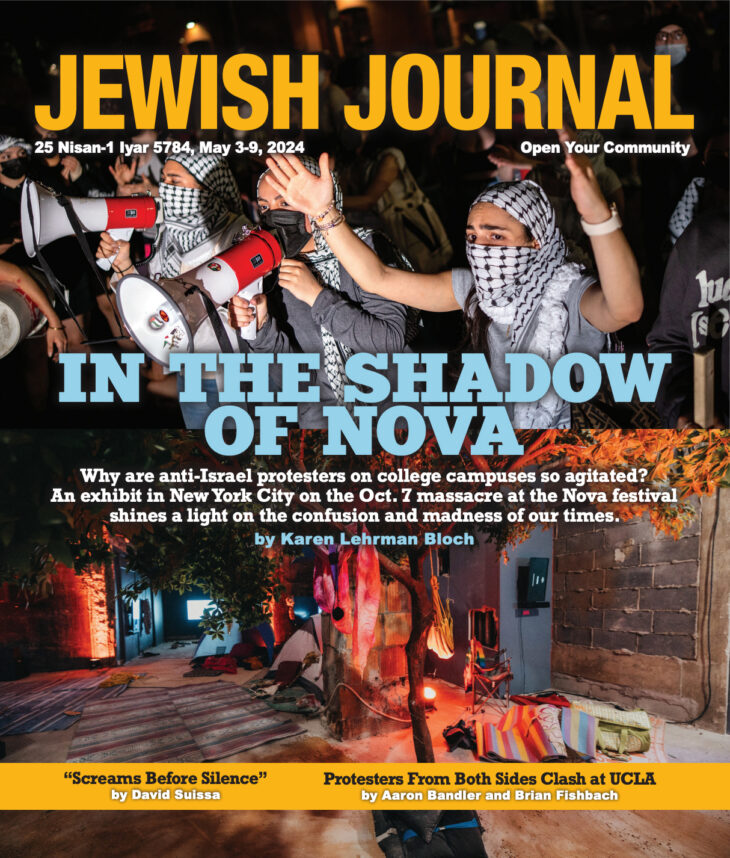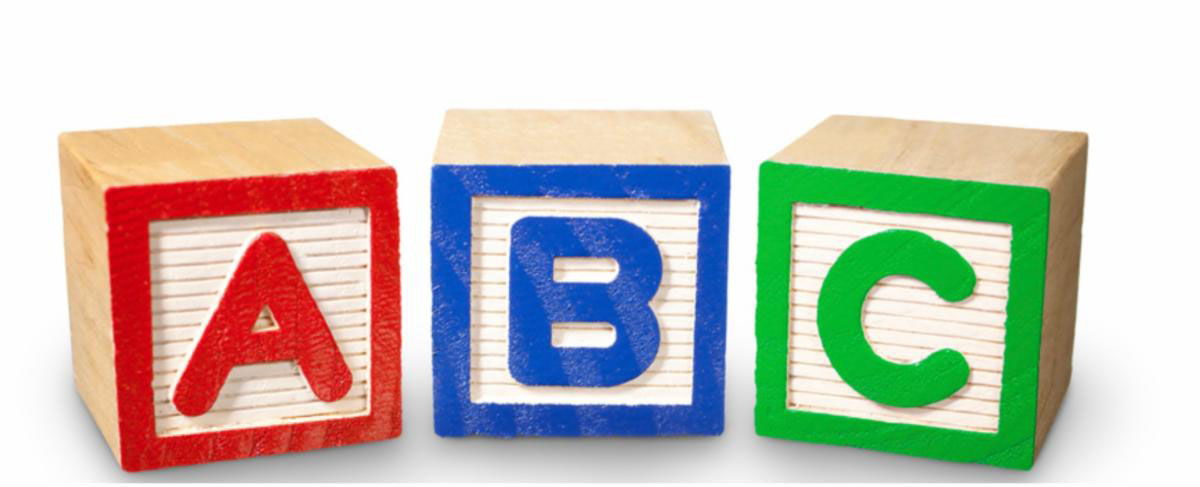Stephen D. Smith, who will complete his first year as the Shoah Foundation Institute’s executive director later this month, gets asked the question every day: How does a non-Jewish Englishman end up running the largest collection of Holocaust survivor testimonies in the world?
The Shoah Foundation Institute was founded in 1994 by Steven Spielberg to videotape the testimony of Holocaust survivors and has recorded testimonies of more than 52,000 people from 56 countries in 32 languages.
It’s a good match for Smith, 43, who has been involved with Holocaust remembrance for two decades. He founded the United Kingdom’s first Holocaust Centre on the site of his parents’ Christian Retreat Centre in 1995. He and his brother James were the driving forces behind the establishment of the United Kingdom’s Holocaust Memorial Day in 2001. He was also one of the primary advocates for the United Nations’ adoption of a Holocaust commemoration day.
The reasons for his path can be found in Smith’s most recent book, “Never Again! Yet Again! A Personal Struggle With the Holocaust and Genocide” (Gefen Publishing House, 2009) a 200-page autobiographical answer to the questions he faces each day.
“I do not think that the Holocaust is a Jewish issue,” he said in an interview in his office at USC’s Leavey Library. “The Jewish community suffered the tragedy of the Holocaust. It will be a part of the memory, the conscience, the pain, the liturgy, the literature of the Jewish world forever, and it will never, ever, not be a profoundly painful experience.”
“And.” Smith paused before continuing. “Not but. And. It was not the making of the Jewish community. The Holocaust was created by West European civilization; you can put Christian in there if you’d like to. It was perpetrated by people who were not Jewish, and it is a responsibility of those who represent that world to say to the Jewish community, and particularly those who survived, ‘This should never have happened to you.’ ”
The son of a Methodist minister and recipient of an honorary title from Queen Elizabeth II, to hear him talk about life in the shtetlach — the tiny Jewish communities that thrived in Europe until the Holocaust — you’d think he grew up buying challah from “Shmulik the baker.” This comes, in part, from years of formal study. As a student of theology at the University of London, Smith focused on Jewish subjects. He wrote his doctoral dissertation about survivor testimony and the trajectory of memory after the Holocaust. Over the years, he has learned to speak some Yiddish and Hebrew.
But much of Smith’s facility and comfort with the Jewish tradition can be chalked up to his work with those dedicated to remembering the Holocaust, as well as the years he has spent immersed in Jewish communities around the world.
Smith’s first encounter with Jews came on a family trip to Israel when he was 13. He remembers standing at the Western Wall, feeling “awe and curiosity,” and wondering, “How come I haven’t got a clue what’s going on here?” That led him to other, bigger questions — about the roots of anti-Semitism, about the church’s involvement in the persecution of Jews, and about why the history of the Holocaust wasn’t being taught in the U.K.
Smith does not understate the role that the institute he now heads has to play. “There’s three or maybe four sites in the world that have global influence and relevance” as sites of Holocaust memory, Smith said. Yad Vashem is “where you go to remember.” Auschwitz “has become the international symbol of not only what happened to 6 million Jews, but of man’s inhumanity to man.” The U.S. Holocaust Memorial Museum (USHMM) says “to the decision makers on Capitol Hill, about a mile away, ‘Think.’
“And the fourth one,” Smith said, “is the Shoah Foundation Institute, because it’s based in an academy, and it contains the voice of the survivors.” Smith wants to use the resources at USC to preserve and amplify that voice.
The institute has also begun working to increase access to the 105,000 hours of survivor testimonies. Today, 100 testimonies are available on YouTube. An even wider selection of the videotaped testimonies can be seen at over 150 sites around the world, and access to the entire archive is available at 26 sites — including Yad Vashem and USHMM.
The institute is also collecting testimonies of other genocides. In addition to continuing the effort to collect survivor and witness accounts of the Rwandan genocide, Smith has arranged for the institute to acquire an archive of 400 videotaped testimonies about the Armenian genocide that were collected by an L.A.-based Armenian filmmaker between 1967 and 2000.
For a new project that Smith calls the “virtual classroom,” Holocaust survivors will be invited “to give a short presentation, such as you would give in a classroom,” and then — in contrast to the free-form testimonies given in the 1990s — survivors will be asked a series of questions “drawn from what we know students generally ask.”
“We’re probably going to film it in 3-D,” Smith said, and once the project is complete, a survivor will be able to virtually visit classrooms around the world, and students will be able to select the questions they’d like to hear answered. They are now seeking funding.
Time is of the essence. Of the 52,000 survivors who testified for their cameras more than a decade ago, at least 19,000 have died. Smith is well aware of this. His office is lined with pictures he took of friends. All are genocide survivors.
When asked how he keeps going after so many years working on Holocaust memory, Smith answered frankly: “I’ve burnt out once. If anybody tells you it’s easy to work in this field, they’re either not doing it seriously or they’re telling you a lie.”
But Smith said he is “invigorated” by his work — and particularly his interactions with those who survived the events he has spent his career trying to understand. The survivors “have to live with that [memory] every day, and they never complain,” Smith said. “I look at the survivors, and they are such an inspiration — how can you not but continue?”





















 More news and opinions than at a Shabbat dinner, right in your inbox.
More news and opinions than at a Shabbat dinner, right in your inbox.